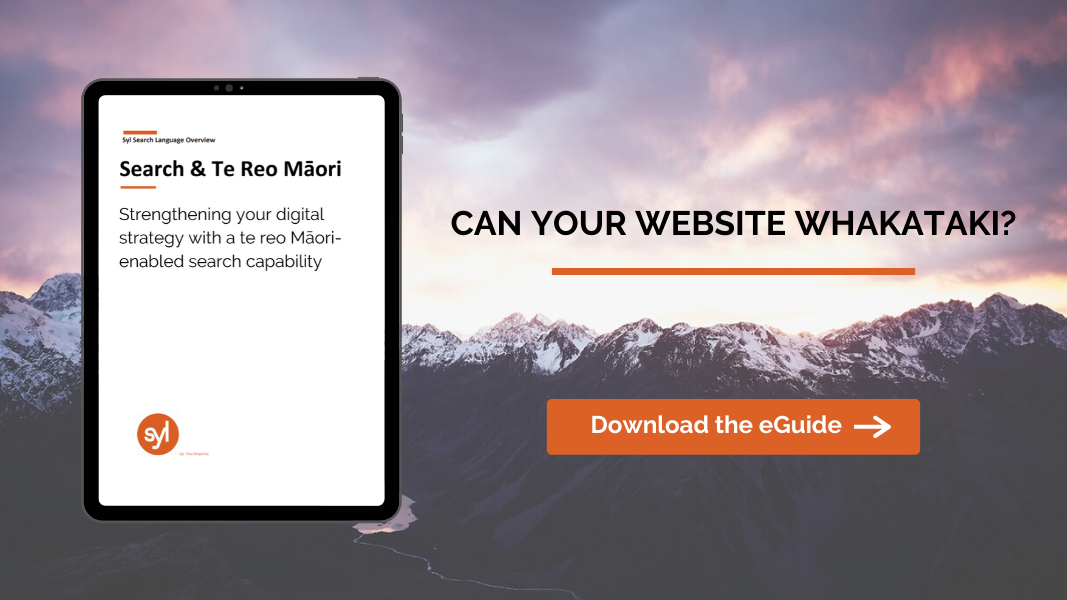New Zealand’s Government is serious about protecting and revitalising te reo Māori. A recent announcement that $13 million will be invested in a new digital dataset to help power te reo Māori versions of tools like Siri and Alexa, is a practical example of this focus.
More broadly, the public sector has been tasked with embedding this in their operations. The strategy, known as Maihi Karauna, sets forth a number of ambitious goals, including one million Kiwis - a 5th of the population - being able to speak basic Māori. It's also hoped that at least 85% of Kiwis will value te reo Māori as a key part of our national identity.
Minister for Māori Development, Nanaia Mahuta, said there was a responsibility for the Crown to protect te reo Māori as a taonga - a cultural treasure. "I know that for te reo to thrive by 2040 we all need to do our part, working together to make te reo a working, living language," she said.
For this to be achieved, Maihi Karauna will place a greater emphasis on being able to find information using te reo Māori, especially on public sector websites. Delivering search solutions that work on large and complex public sector websites is challenging, requiring careful design and proven technology.
To help Syl has developed a new eGuide for the public sector called Can your website whakataki? Strengthening your digital strategy with a te reo Māori-enabled search capability.
The Maihi Karauna strategy, which is already underway, has several priority areas, and one of them is greater use of te reo on websites in the public sector. If your website is one of them, helping stakeholders find information using the te reo Māori on your digital platforms is critical.
Take one simple example: a hui, meeting, and seminar could be considered synonymous, with a user wanting to search for one and returning all. The similar, but not synonymous wānanga can mean a workshop to meet and discuss, or it can mean a tertiary education provider. Search solutions need to be able to understand the user’s context and make finding the right information easy.
The eGuide focuses on 4 key areas:
- Te reo Māori language concepts - because public sector websites often use a mix of English and Māori, searching and finding information can be difficult, meaning that your search engine needs to be able to manage the complexities of language. The ability to decipher not just exact word searches, but terms and concepts is essential.
- Language terminology - 'language describing language'; also a complex concept. This section looks at how to manage the semantic relationships between concepts and the capabilities of a Search Interface.
- Examples of common te reo Māori concepts - a set of common te reo Māori language concepts that could be useful in a custom lexicon. The list is not exhaustive, but demonstrates how adding them can make search results more relevant and accurate.
- Using semantic relationships to extend an organisational concept - this is demonstrated using a Child Wellbeing Model, illustrating how a simple concept map can be developed, and then extended to include the type of relationship between each concept.
As Maihi Karauna's strategy forges ahead, it will become increasingly important for public sector websites and services to embrace the use of te reo Māori. To make sure that your website will meet the needs of your stakeholders, applying search technology that does more than using equivalent words and synonyms is essential.
DOWNLOAD THE EGUIDE



